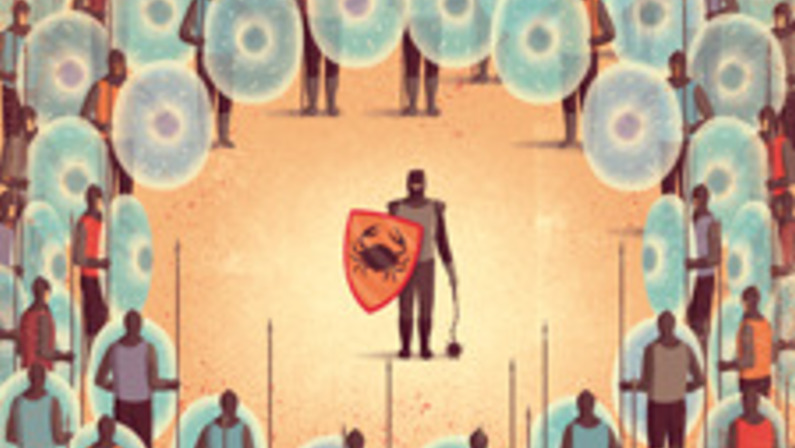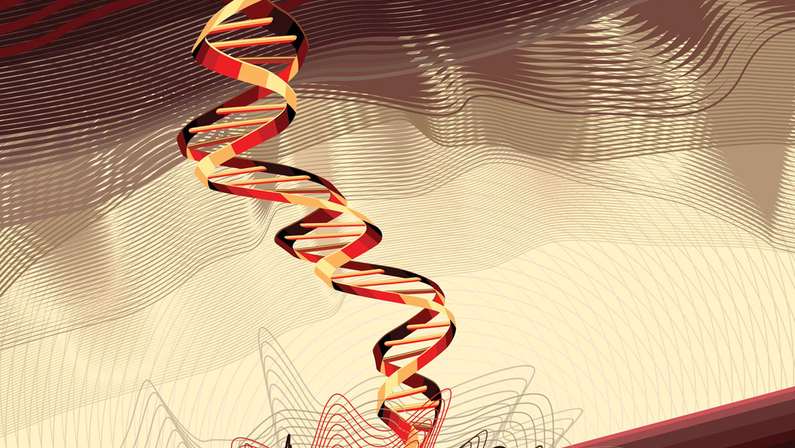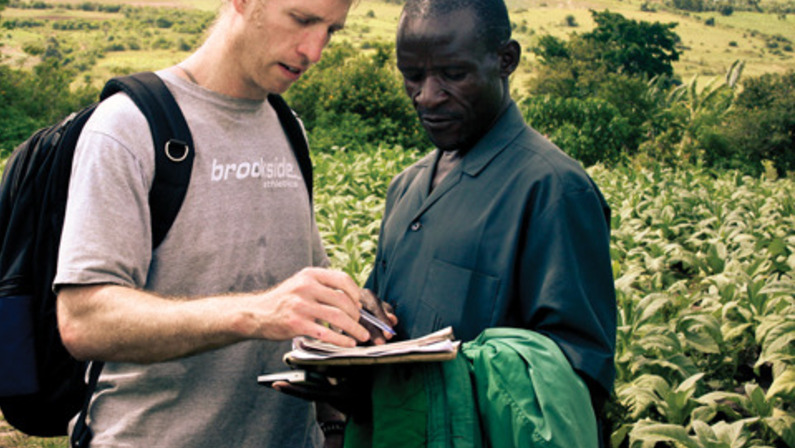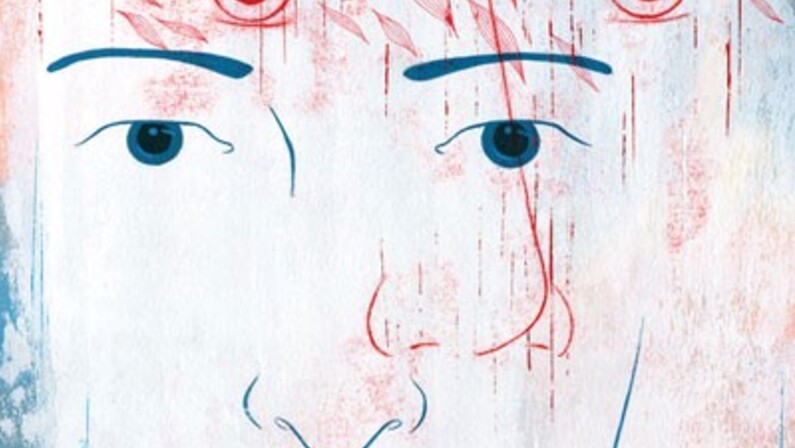
Closing In on Cancer
In animal experiments, medical researcher Edgar Engleman used the immune system to attack cancer cells and eradicate the disease. This could be a breakthrough that leads to a cancer-killing treatment.
by Greta Lorge

The Big Game Disaster of 1900
With no seats available at the Big Game in 1900, hundreds of fans climbed onto a nearby rooftop to watch. Twenty minutes after kickoff, tragedy struck.
by Sam Scott

Danger Ahead
New tools that enable manipulating DNA herald potential therapies but also pose troubling ethical quandaries. As science speeds forward, voices at Stanford are among those weighing in.
by Mike Antonucci

Seeds of Promise
A former Marine commander, profoundly changed by his experience in Iraq, has launched an effort to end extreme poverty and diminish the recruiting appeal of terrorists. Will it work?
by Robert L. Strauss

When Stanford Got Its Groove
A group of passionate students pulled off one of the most remarkable musical events in Bay Area history 50 years ago, bringing the giants of jazz to campus, one after another.
by Rick Bale

Why We Cheat
Breaking the rules to gain an advantage or cut a corner is an ancient practice, and as commonplace as ever. In higher education and throughout society, understanding the motivation for cheating may help deter it.
by Joan O’C. Hamilton

The Mad Hatters of Stanford
When good clean fun turned ugly, one of Stanford’s earliest and most popular traditions was doomed.
by Sam Scott

A Hard Look at How We See Race
Social psychologist Jennifer Eberhardt’s research reveals pervasive and persistent unconscious racial bias. Now law enforcement officials are working with Eberhardt to institute training that takes it into account.
by Sam Scott

Fiction: The Birds in Your House
A teenage girl and her mother encounter a strange and wondrous event on the first night in their new house, in this fictional short story by former Stegner fellow Tom Kealey.
by Tom Kealey



